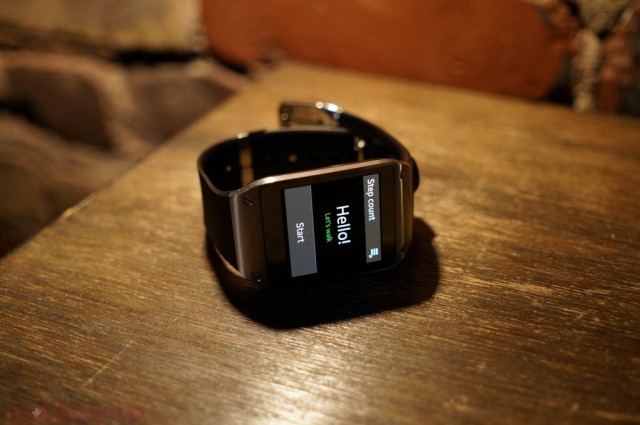
This year has been quite the time for wearable technology, but you ain’t seen nothing yet! 2014 is when things are really going to heat up in this space, and it’s expected to keep getting hotter and hotter.
A new report from Juniper Research suggests that worldwide spending on wearable tech will hit $1.4 billion this year and shipments are expected to surpass the 100 million mark next year, according to a forecast by Business Insider.
As we drift towards 2014, I’ve put on my Google Glass and looked into my virtual crystal ball to predict some of the major trends we will see in wearables next year.
1. The War Will Be For Your Wrist
Between smartwatches, activity trackers and other smart bracelets, wearable companies will all be vying for a spot on your arm next year.
The majority of users will begin to whet their appetites with bracelets that help them track their fitness. Over 60% of the wearable market today is made up of medical or fitness devices and this number is expected to grow in 2014.
But the biggest fight will be coming from the smartwatch makers. Next Market Insights forecasts that the smartwatch market will reach 15 million shipments next year and I don’t doubt it.
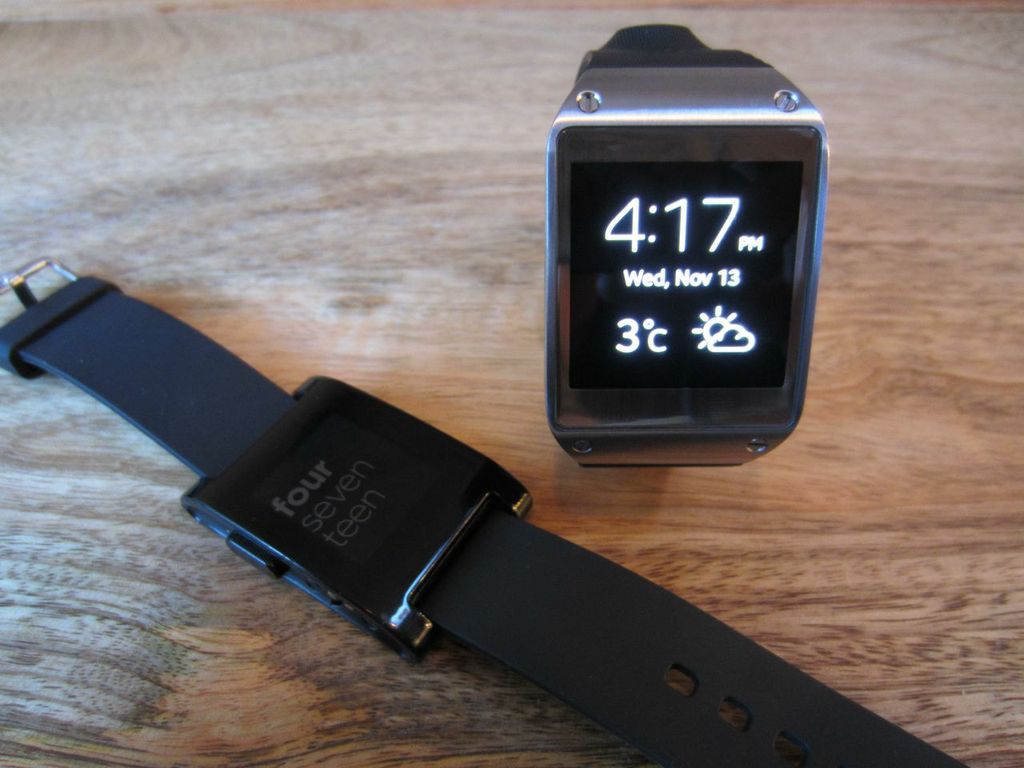
2. Smartwatch Makers Struggle to Get It Right
The first batch of smartwatches haven’t been too effective in convincing consumers why they should have one on their wrist. Samsung’s Galaxy Gear got off to the wrong start by only supporting one device at launch (not to mention the flawed firmware that made notifications all but useless). And despite Sony’s second kick at the can, its Smartwatch 2 isn’t flying off the shelves either.
Next year we will see existing players work quickly to right the wrongs of their current versions before more new companies (like Google or Apple) learn from their mistakes and take a big piece of the pie.
As history often repeats itself, I see smartwatches going through the same growing pains as other major devices in the past. Like the MP3 player market before the iPod (remember Zune?), we will see many fail before someone really gets it right. Although Pebble has done the best job so far, I am skeptical (although hopeful) that we will see someone really nail it in 2014.
3. Standalone Wearables Launch, But Too Early
Most of the wearables today are smartphone companions, meaning they require your smartphone to work. But next year we will start to see a new breed of wearables, those that work independently of smartphones.
We are already seeing this trend emerge in the smartwatch space: crowdfunded projects like the Omate TrueSmart and Neptune’s Pine want you to leave your smartphone at home and do everything on your wrist.
While I wholly believe that we will eventually move in this direction, I think that this trend will come too early, mostly because many of us are not yet ready to give up our smartphones.
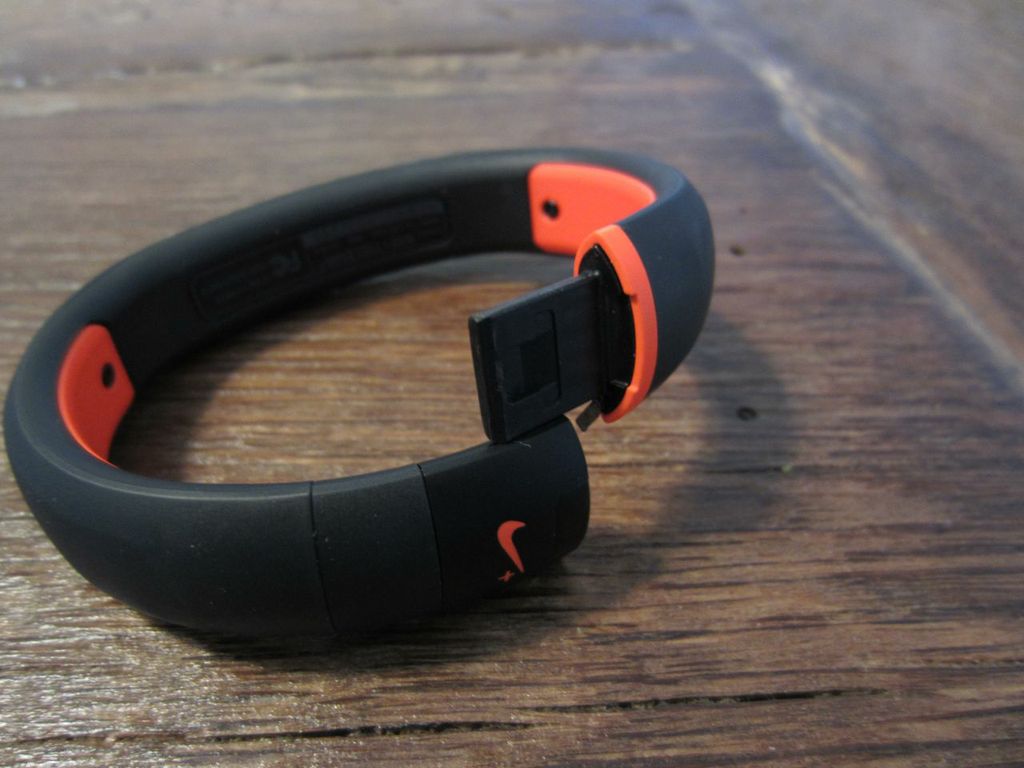
4. The Death of the Activity Tracker
The writing is on the wall for activity trackers as we know them today. Fitness and health wearables will still continue dominate in 2014 but only those that evolve past a digital pedometer will make the cut.
Fitbit and Nike have both started to blur the lines between smartwatch and fitness bracelet. This is essential to their survival considering many of the smartwatches coming next year are also touting fitness features, some more advanced than the activity trackers of today.
But activity trackers won’t just have smartwatches to contend with. The biggest competition will come from smart shirts and other smart clothing. Biometric shirts like OMSignal, Hexoskin and Athos and smart socks and shoes will start to make their mark next year.
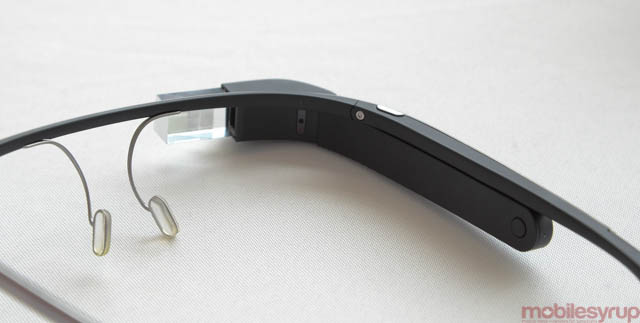
5. The Glasshole Population Grows…Slowly
Right now, the Google Glass population is somewhere between 10,000-40,000 Explorers worldwide. It is expected that Glass will reach 21 million units in annual sales by 2018. And Google isn’t the only one bringing smart glasses next year: Vuzix, GlassUp, Recon Instruments and Telepathy are in the running, just to name a few.
The challenge with smart glasses today is their lack of availability. Glass is invite-only. The rest of the devices (with the exception of Vuzix) are still in pre-orders.
But even when smart glasses are made more widely available they will still be slow to adopt. Those not deterred by price will shy away from them simply because they don’t want to wear glasses. Many recent surveys suggest that people are much more apt to wear technology on their wrists than they are on their face.
6. Tech Companies Realize Wearables are Fashion
One of the largest barriers for wearable tech to-date has been its disregard for fashion and design; the majority of wearables have been created by technology companies with innovation and function in mind.
But this thinking will start to change. We have already seen some technology companies start to form stronger partnerships with fashion brands. Google is rumoured to be collaborating with Ray-Ban and Warby Parker on the future of Google Glass. And some companies, like Apple, have gone as far as making key players in fashion part of their own team, such as their hire of former Burberry CEO Angela Ahrendts.
Successful wearable tech, especially smartwatches and smart glasses, will require the tech companies to work closely with fashion houses to get it right.
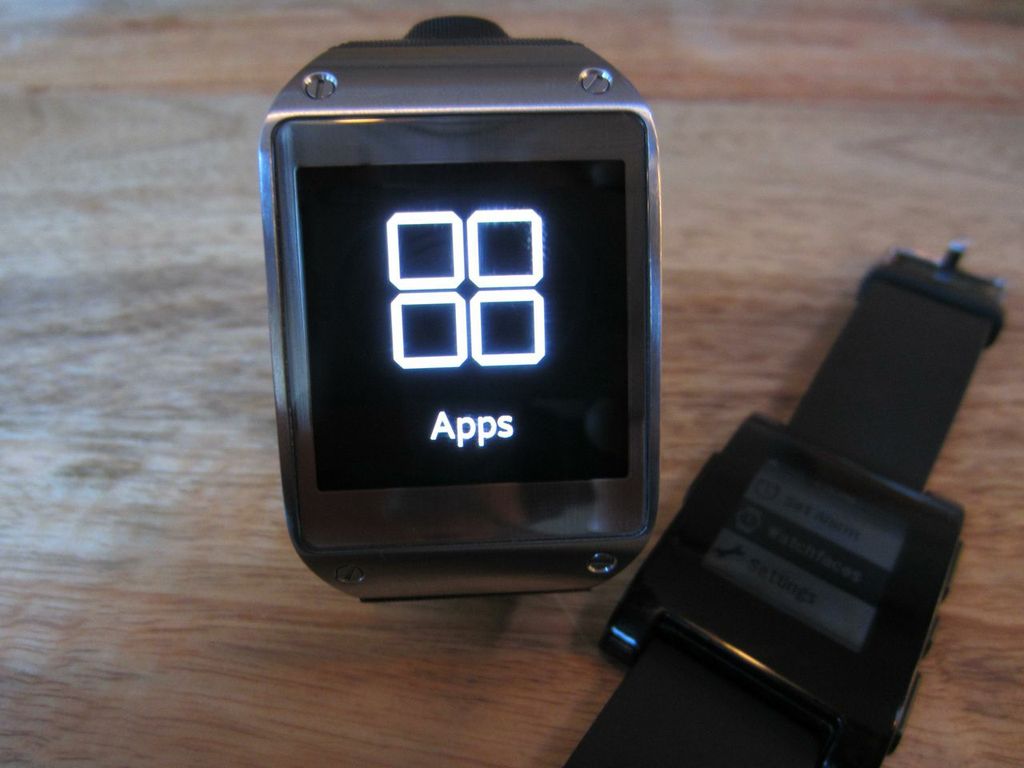
7. Apps for Wearables Take Them From Toys to Tools
If we learned anything from the smartphone market, it is that the app is the thing. Good hardware can only be great with the right applications. In 2014, we will see a growing number of developers (independent and big brands) start to utilize the SDKs available for wearable devices to grow the app ecosystem.
We have already seen a number of apps take a wearable device from a toy to a tool. Word Lens for Google Glass, which launched with the GDK (Glass Developer Kit), is a fantastic example. This augmented reality app turns Glass into a language tool, translating written words right before your eyes in real-time.
As the user base grows for wearables, so too will the developer community which will bring some new and exciting use cases for wearables including some killer features that will justify their need.
MobileSyrup may earn a commission from purchases made via our links, which helps fund the journalism we provide free on our website. These links do not influence our editorial content. Support us here.


